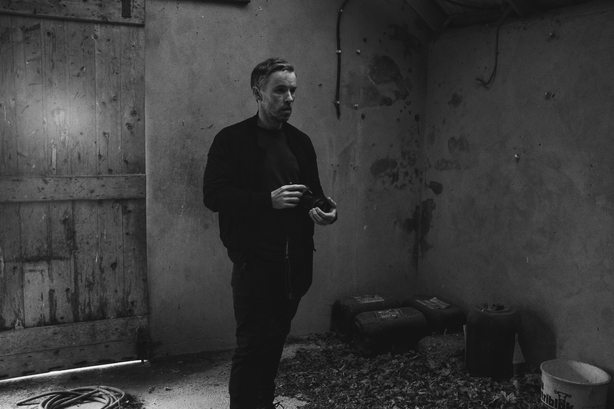Any winner of a major art prize will, at some point, be asked the following question: how will the win effect your work?
When English artist Helen Marten won this year’s Turner Prize, she told BBC News “I hope it has no effect on me whatsoever”. In 2014, when Dublin-born Duncan Campbell became the first Irish artist to win the £25,000 prize, he said, “it’s a great thing to win. In terms of what it means, I think I’m still trying to figure that out…I know things have changed as a result of the Turner Prize, I’m just not quite sure how.”

One way in which things changed was that Campbell was given a commission by the Irish Museum of Modern Art (IMMA), in association with co-commissioners Van Abbemuseum, Eindhoven and Western Front, Vancouver, to produce a major new work. Campbell makes multi-layered films sparked by investigations into moments in history. The Welfare of Tomás Ó Hallissy, his first film since winning the Turner Prize, is now on show at IMMA. Running at 30 minutes long, it’s also the first film the 44-year-old Glasgow-based artist has made in Ireland and forms part of the official Ireland 2016 programme at the museum.
As with all of Campbell’s films, The Welfare of Tomás Ó Hallissy, is the product of intensive research. It draws on a 1968 documentary film study of rural Kerry called The Village, set in Dún Chaoin, as well as three anthropological studies into life in the West of Ireland, in particular US anthropologist Nancy Scheper-Hughes’ controversial 1970s book, Saints, Scholars, and Schizophrenics, in which she offers an academic “diagnosis” of the mental and social health of a Dingle Peninsula community.
In his film, Campbell cuts relatively seamlessly between archive material and new black and white footage shot using scripted actors. His American anthropologist characters, Walter and Nancy, have a conversation in which she questions the validity of what they are doing: “the way people behave here is not reality,” she says; “we’re here Walter, our presence isn’t natural, it has consequences.”

Campbell uses a rhythmic, non-linear editing style that means the full impact of the film is felt most strongly after repeat viewings. It plays well on a loop. He has been clear about what he is up to: “I’m not trying to represent something particularly comprehensive or conclusive,” he has said. There is no closure to be found in his work. His approach is to regard history as fluid, and the past as constantly up for reinterpretation or re-telling.
We need your consent to load this SoundCloud contentWe use SoundCloud to manage extra content that can set cookies on your device and collect data about your activity. Please review their details and accept them to load the content.Manage Preferences
Campbell also questions the weight given to archive material and the interpretation of narratives that become associated with such records, all of which makes The Welfare of Tomás Ó Hallissy an entirely appropriate 1916 commission.

The title character is a silent boy, implicitly the victim of a “dying” world, in which social isolation, emigration, falling birth rates, problems with land ownership, superstition and alcohol use are all a factor. It’s pretty heavy stuff. The sudden and unexpected use of sub-titles to reveal what an older, taciturn character is really thinking lends a comedic slant that also serves to underpin the argument Campbell is making here: that no one acts natural in front of a camera, that the documentary process is inherently flawed, but that maybe acknowledging this can reveal another kind of truth in the end.
Duncan Campbell, The Welfare of Tomás Ó Hallissy is at the Irish Museum of Modern Art until 7 May 2017. Listen to Cristín Leach review The Welfare of Tomás Ó Hallissy for RTÉ Radio 1's Arena below:
We need your consent to load this rte-player contentWe use rte-player to manage extra content that can set cookies on your device and collect data about your activity. Please review their details and accept them to load the content.Manage Preferences
Image: Duncan Campbell, The Welfare of Tomás Ó Hallissy, 2016 (still). Photo courtesy of Rina Yang.


